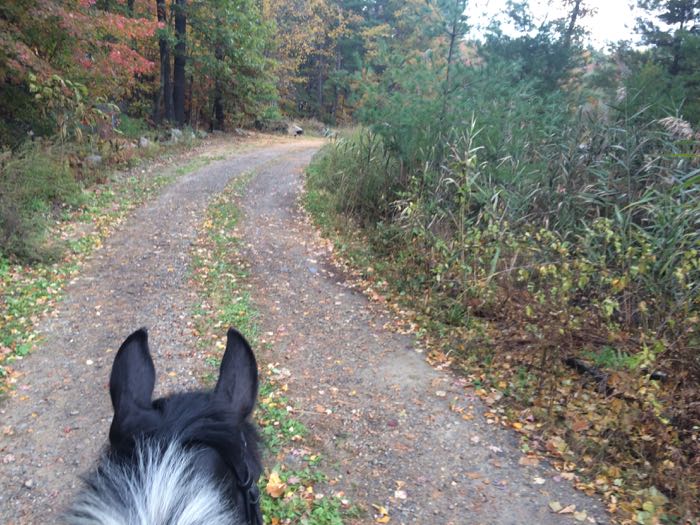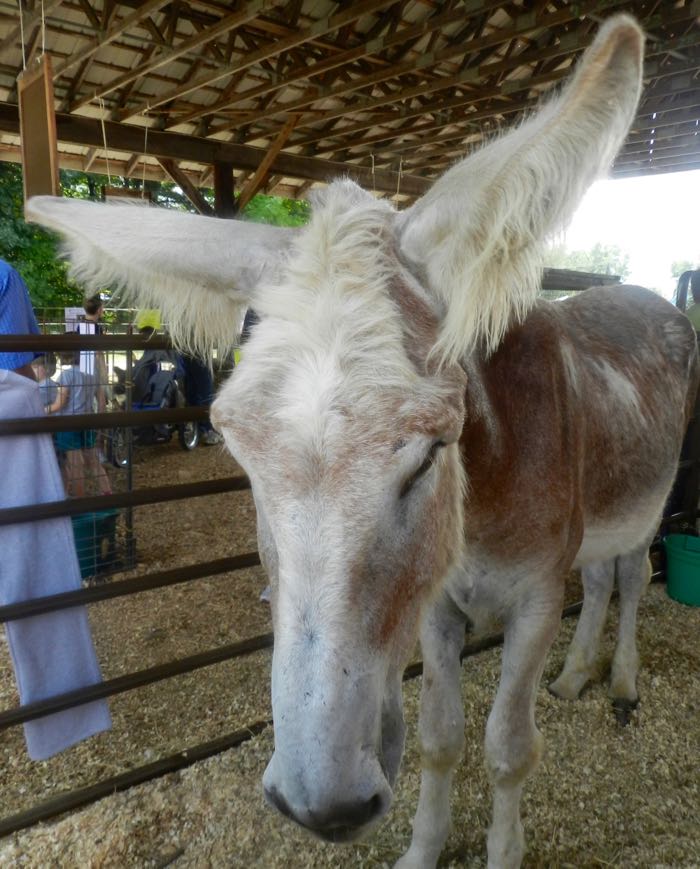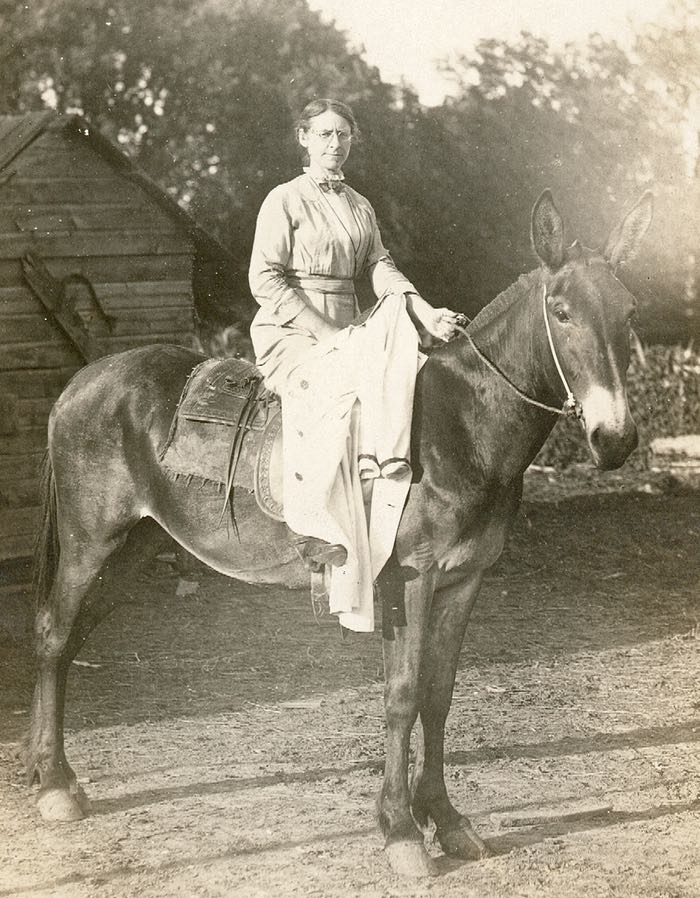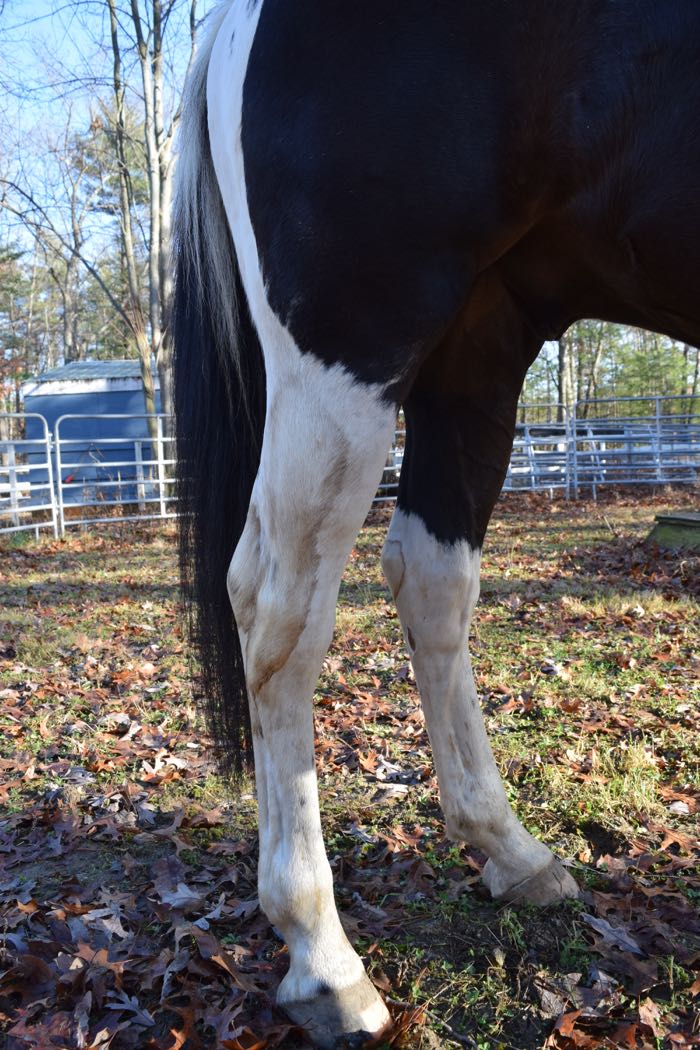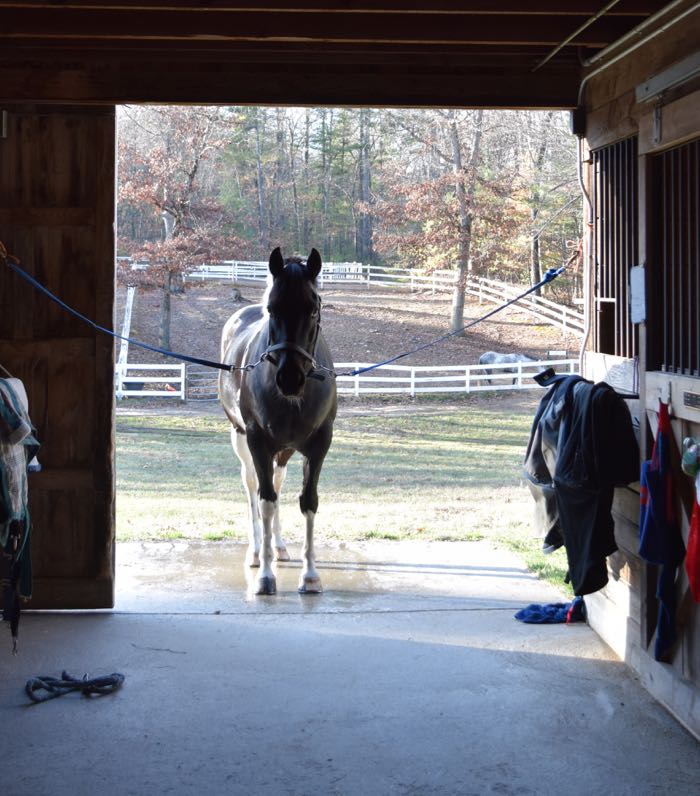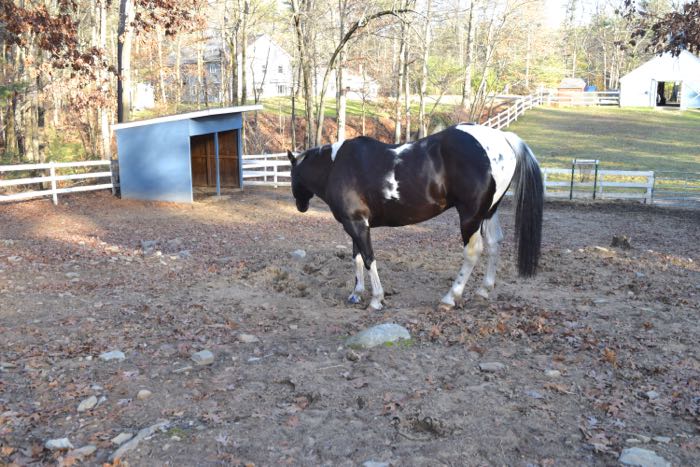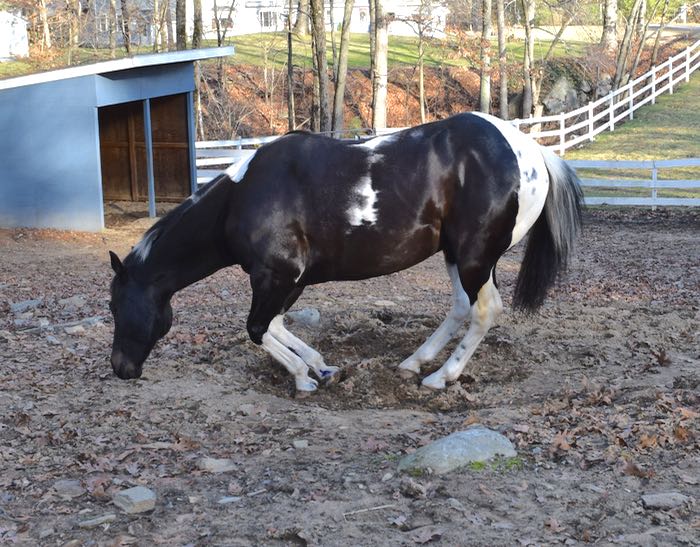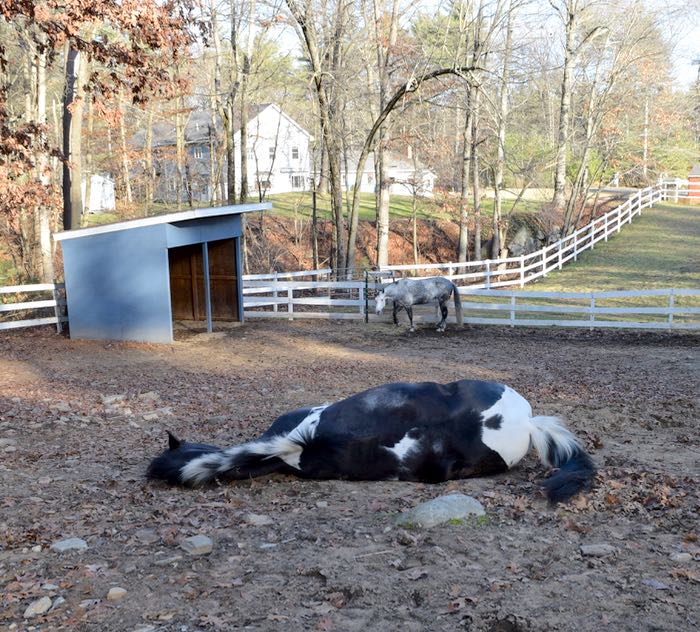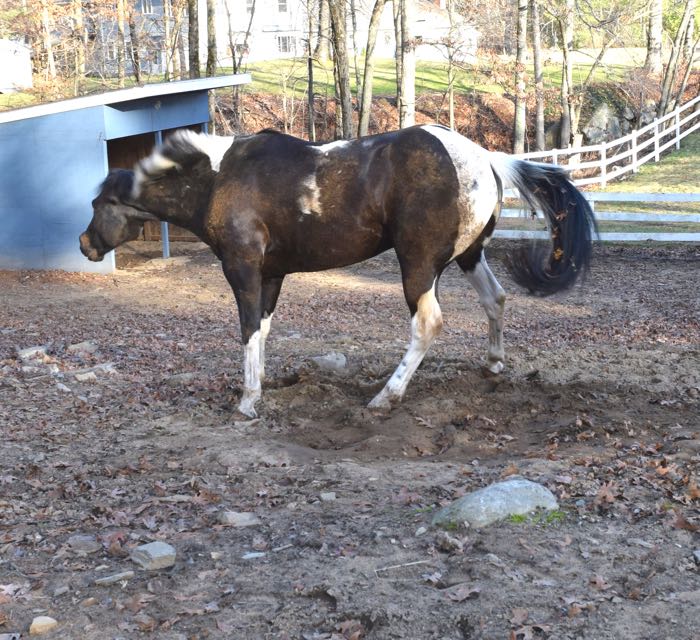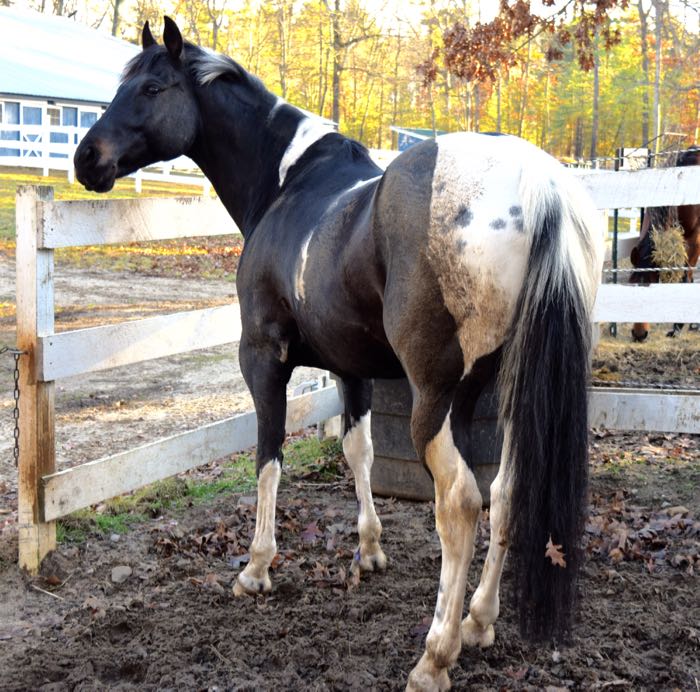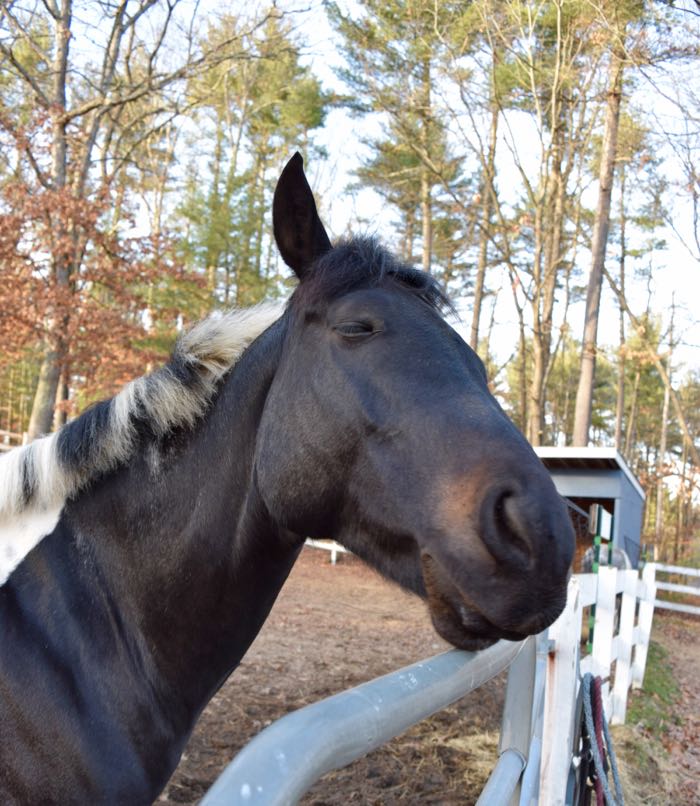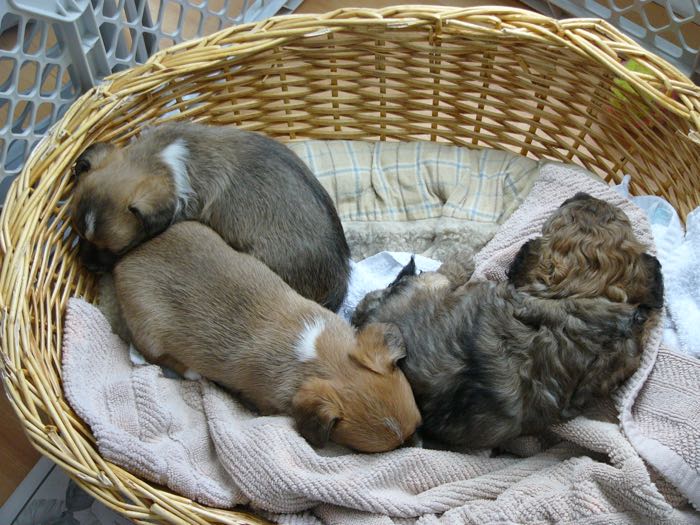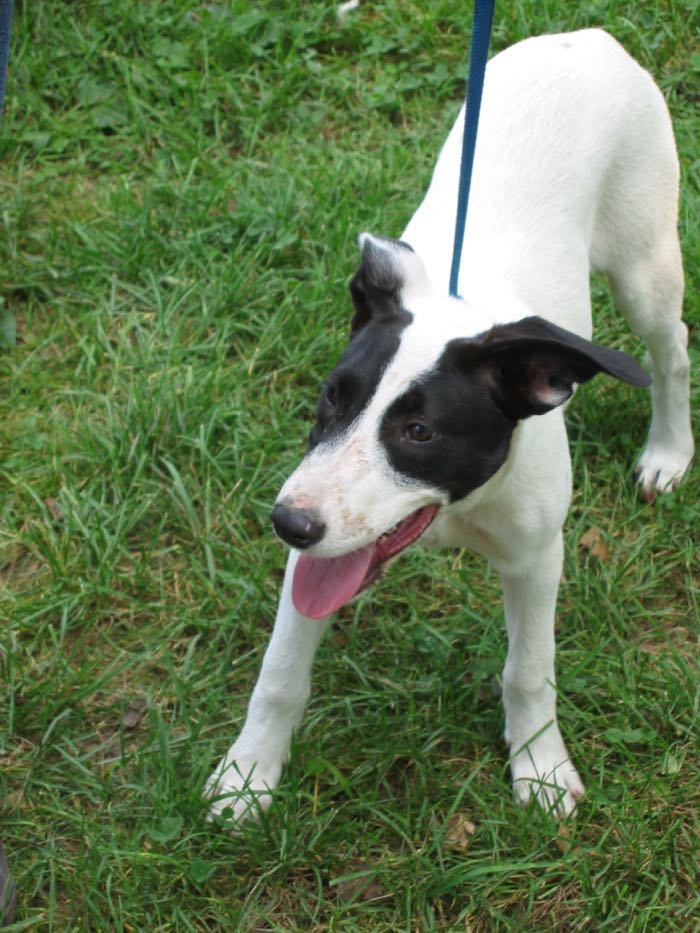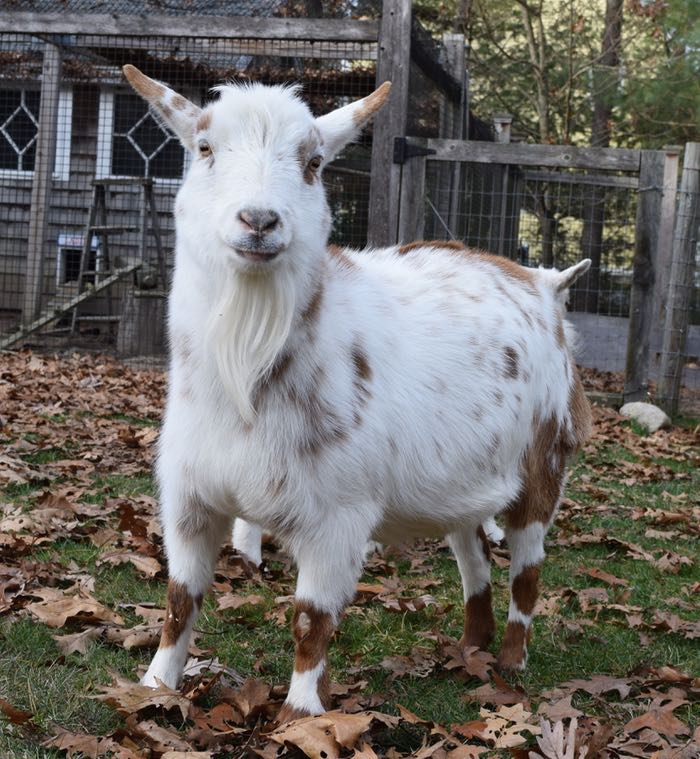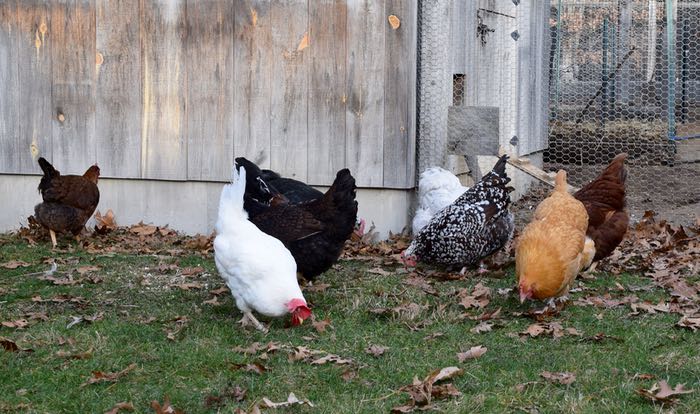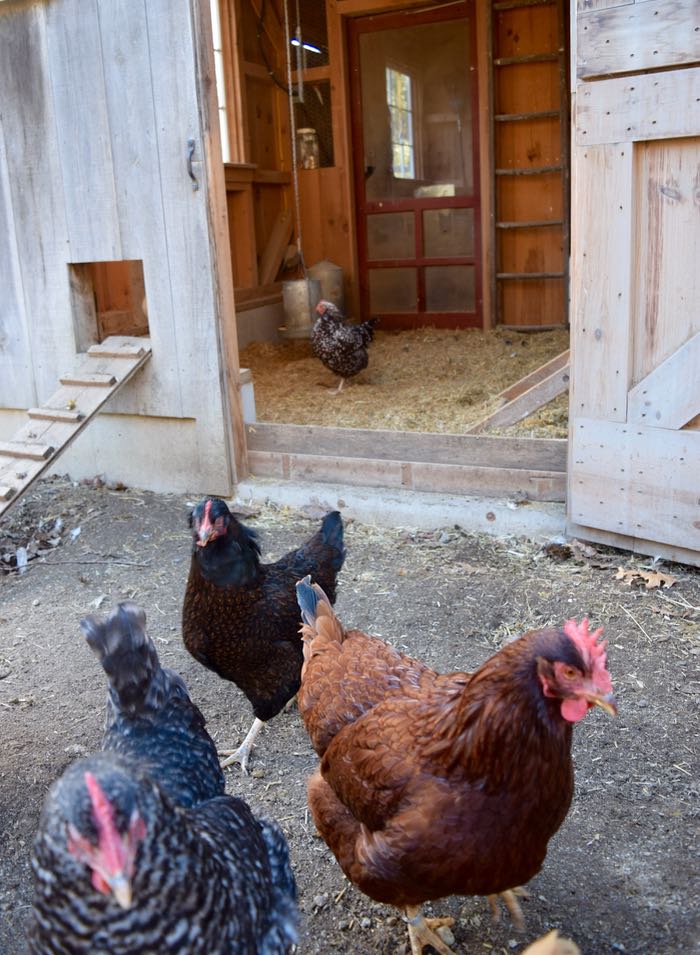The affectionate term for donkeys and mules is long ears. As much as I adore Tonka’s pert, turned-in ears, and especially as much as I love looking straight through them to the trail,
there is something about big fuzzy ears that makes me swoon.
These long ears belong to a animal saved by the Save Your Ass Rescue – perhaps the best-named rescue, ever. If you’re looking for a 2016 calendar, they have one. Get it to support a very good cause.
I’ve been on week-long riding treks through wilderness mountains, me on a sensible horse, the guide on an even more sensible mule. Horses flee when scared. Mules stay put and assess the situation. This is how they got their reputation for being stubborn. They know more than you. It’s good to trust a mule.
Before getting Tonka, I thought about getting a mule. Something like this.
I have the wherewithal to have only one large four-legged animal, and I’m grateful to have found my heart horse in Tonka. But, oh, those ears!
If you have experience with long ears, let me know in the comments.
